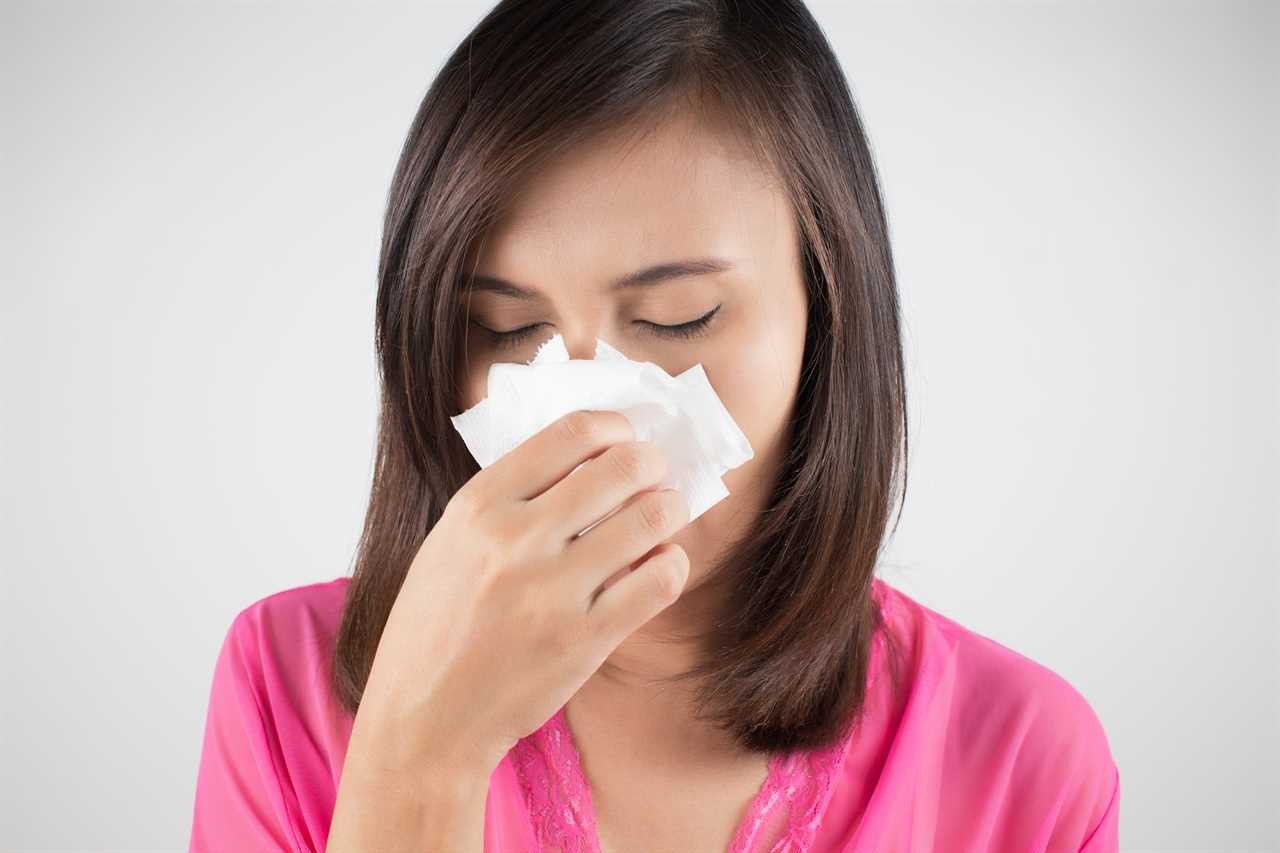PLAN B restrictions may be out the window, but Covid is still very much in circulation.
The wave is currently benign driven by the Omicron variant, with a new “sister” strain picking up pace.

BA.2, which is a sub-variant of Omicron (BA.1), has more than doubled in case numbers in one week.
It’s genetically very similar to BA.1, therefore it is not thought to cause a different illness.
Covid has evolved to become a more mild disease, largely due to immunity in the population thanks to vaccine and booster shots.
What was once a “cough, fever and loss of smell and taste”, is now a little more like the common cold, data show.
But the NHS has been reluctant to change the official list of Covid symptoms, having been the same for almost two years.
The Centres for Disease Control and Prevention (CDC), the US national public health agency, has a more expanded list of Covid symptoms.
It says people with these 11 symptoms may have Covid:
- Fever or chills
- Cough
- Shortness of breath or difficulty breathing
- Fatigue
- Muscle or body aches
- Headache
- New loss of taste or smell
- Sore throat
- Congestion or runny nose
- Nausea or vomiting
- Diarrhea
The World Health Organization gives a very similar set of Covid signs with the addition of irritated skin or eyes.
Many of the CDC’s symptoms also feature in the ZOE COVID Symptom Study’s full list of 20 common Covid signs.
The ZOE study uses more relevant and up-to-date information that reveals symptoms in people who are infected with the virus right now.
It therefore may be a closer reflection of the Omicron variant, which is dominant in the UK right now.
However, not all Covid sickness is the same from person to person, and all symptoms remain possible.
For example, a loss of taste or smell has been shown to be much less common with Omicron than Delta, according to the UK Health and Security Agency (UKHSA).
But it doesn’t mean that the symptom can be written off – people with Omicron will still experience it.
Other features of Omicron have been reported by sufferers, for example night sweats, body aches and lower back pain.
Experts say that these do not appear to be common signs relative to others, but may still affect large numbers of people.
When will your symptoms start?
In general, you may see Covid symptoms start any time between two and 14 days after exposure.
There have been reports that the symptoms of Omicron start faster than with previous strains.
Dr Michael Mina, an epidemiologist and previously an assistant professor at Harvard T. H. Chan School of Public Health, wrote on Twitter that “symptoms start fast”.
He said this was “because of pre-existing immunity” and possibly changes in how Omicron infects its host.
Dr Mina said the signs are “more representative of immune response and not viral tissue destruction like before”.
“Symptoms can start at the same time or before the virus begins to become infectious”, Dr Mina said.
On the contrary, earlier in the pandemic, when immunity was low, Dr Mina suggested it takes several days for symptoms to set in as the virus causes damage in the body.
Once you start showing symptoms of Covid, you enter the acute illness phase, during which period you should be in self-isolation.
You can be contagious to others in the days before you have started to show symptoms, however.
This is why it’s key to do lateral flow tests at home before seeing others under Government guidance to help curb the spread of the disease.
Data has shown that most people who catch Omicron will recover in less than a week.
According to the ZOE COVID Symptom Study, 70 per cent of patients recover from Omicron symptoms in seven days.
This compares to only 44 per cent of those who had Delta.
Astonishingly, 12 per cent of people with Omicron – around one in eight – feel better in just one day, compared to five per cent of Delta patients.
And a third (33 per cent) are better in three days, compared to 15 per cent for Delta.
The data is based on vaccinated individuals, so cannot account for illness in those who have had a single or zero jabs.






